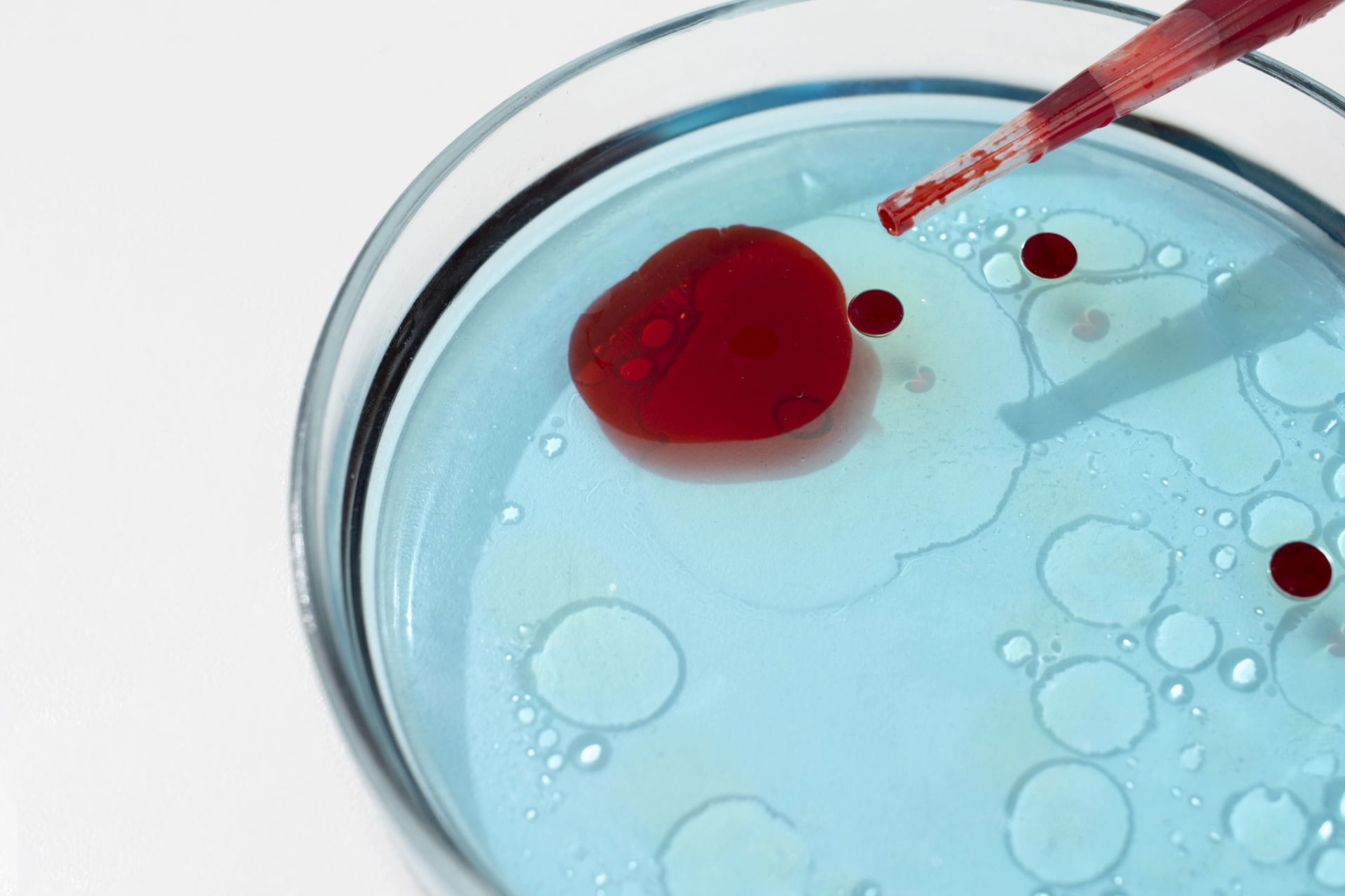In men, testosterone is one of the main androgenic steroids produced in the Leydig cells of the testes. Testosterone secretion is regulated by luteinizing hormone (LH) and stimulates the development of primary and secondary sexual characteristics, spermatogenesis, skeletal muscle growth, and erythropoiesis.
In women, testosterone is synthesized mainly by the ovaries and adrenal glands. It regulates bone and skeletal muscle mass and function.
The majority of circulating testosterone (97-98%) is bound to proteins. It is specifically bound to sex hormone binding globulin (SHBG) and nonspecifically to albumin.
In men, decreased testosterone production is due to functional insufficiency of the testicles (hypogonadism). Testosterone production decreases with age. Certain medications, chemotherapy, and disorders of the hypothalamic-pituitary axis can also cause testosterone levels to decrease.
Increased testosterone production may be seen in women with androgen-secreting tumors, congenital adrenal hyperplasia, polycystic ovary syndrome (PCOS), or idiopathic hyperandrogenemia.
Rarely, elevated testosterone levels are found in women with end-stage renal disease.
High testosterone levels can also be a result of elevated SHBG, which can be caused by hyperthyroidism, liver disease, or the use of estrogenic medications (hormonal contraceptives).
Testosterone circulates in the blood in three forms:
total, free, and bioavailable
. Free testosterone
is testosterone that is not bound to sex hormone binding globulin and albumin. The total amount of albumin-bound and free forms is called "bioavailable testosterone
." Total testosterone
is the sum of the three forms of testosterone.
Symptoms of low testosterone in men include:
1.Decreased sexual desire
2.Erectile dysfunction
3.Low sperm count, fertility problems
4.Fatigue
5.Decreased muscle mass
6.Increased body fat, weight gain
7.Loss of body or facial hair
8.Shrinkage of testicles
9.Enlarged breasts (gynecomastia)
10.Loss of bone mass (osteoporosis)
11.Excessive sweating
12.Sleep problems
13.Mood swings, depression, irritability, anxiety
14.Difficulty concentrating, poor memory, “brain fog”
Symptoms of high testosterone in men include:
1.Acne and oily skin
2.Increased body and facial hair
3.Mood swings. irritability, aggression, mood swings, anxiety, and sometimes depression.
4.High sex drive
5.Increased muscle mass
6.Headaches
7.Sleep disturbances
8.High blood pressure (hypertension)
9.Swelling of the feet and ankles and weight gain
10.Enlarged prostate (benign prostatic hyperplasia)
11.Low sperm count and infertility
12.Increased risk of stroke and pulmonary embolism
Symptoms of high testosterone in women include:
1.Excessive body and facial hair (hirsutism)
2.Thinning hair on the scalp
3.Acne
4.Oily skin
5.Deepening of the voice
6.Irregular menstrual cycles
7.Increased muscle mass
8.Enlargement of the clitoris
9.Breast shrinkage
10.Mood swings
11.Ovarian Cysts






